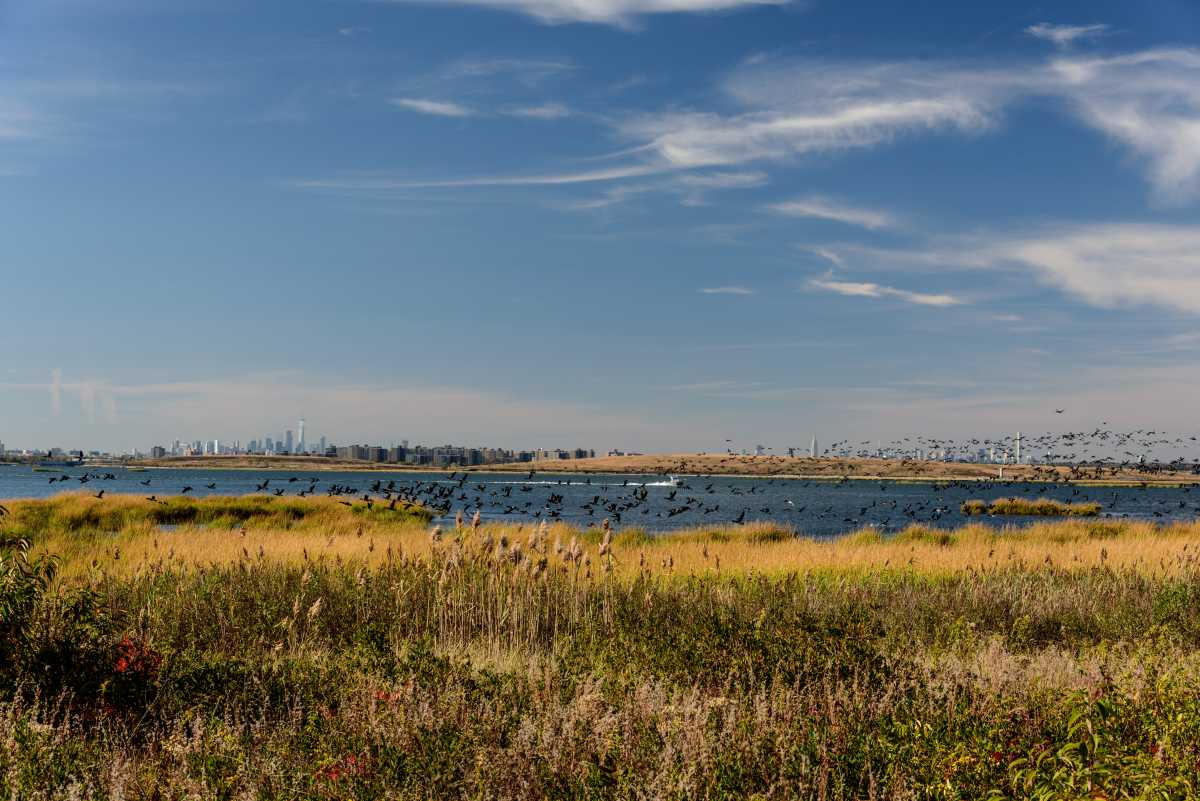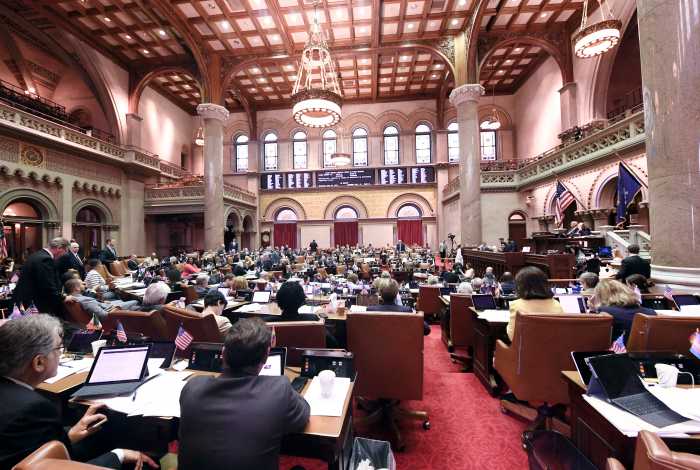A study examining how fish in Jamaica Bay responded to environmental stressors over the past three decades found a fish ecosystem reshaped due to climate change.
Although it has long been confirmed that changes in water temperature are displacing fish, this study is the first and largest to articulate the significant changes in the biologically rich wetland estuary in southeast Queens and Brooklyn. In it, researchers detailed the steady exodus of many established species from Jamaica Bay to colder waters up north and an increase in the number of newly arriving warm-water species.
Queens College Biology professor John Waldman, an expert on how humans impact fish populations, co-authored the study published in the Ecological Society of America journal Ecosphere over the summer. It is titled “Decoupled shifts of dominant and rarer fish species as a response to warming and extreme events in a large estuary.”
Waldman and former QC biology professor José D. Anadón, who specializes in the impacts of global change on biodiversity, utilized a significantly large data set compiled by the New York State Department of Environmental Conservation. This set gave them insights into over 900,000 fish living in Jamaica Bay from 1989 to 2017 and allowed them to reach detailed conclusions.
“We believe this study is the most important work to date on fish ecology in Jamaica Bay,” said Queens College President Frank H. Wu. “It answers important questions about how climate change is affecting our immediate environment and, of course, sheds new light on the larger dynamics of ecologically stressed marine life.”
They discovered that while extreme weather events were among the environmental factors driving population changes, the slower rise in water temperatures had a far more significant impact.
In 2012, they witnessed a dramatic change in the fish community. While Hurricane Sandy caused big but short-lived changes that year, the ongoing marine heat wave just before the hurricane accelerated changes to the fish populations. The influx of warmer water drove rare and cold-water species north and welcomed new warm-water species from the south.
Waldman explained that demographic changes aren’t particularly detrimental to the food web and the surrounding region, but the dramatic changes caused by a half-degree increase in temperature were surprising.
In an interview with QNS, he recalled the first time he noticed a tiny skilletfish in Jamaica Bay, a southern species typical in warmer waters.
“I had never seen one my entire life, and I spent my whole life around the water. Now they’re all over the place,” he said, adding that another newcomer is the Cobia, a big game fish now targeted by local fishermen due to its abundance and size.
The DEC monitors the fish populations by sweeping a long net through the water in the same fashion every early fall for the same number of days. Then, the biology researchers put it through a complex statistical analysis to find and visualize patterns in the data.
The data collected over 28 years is considered a short time frame in terms of geographical time. But besides mass commercial fishing, climate change is the only understood driver of population change this significant, whether it’s warming or cooling bodies of water.
“It’s clear that the waters in Jamaica Bay and the whole region are warming pretty quickly,” said Waldman. “I’ve been kind of amazed at what seems to be a small degree of temperature change, like one and a half degrees Fahrenheit, is really upsetting the world. It really worries me if we go up to two and a half degrees Fahrenheit. What’s that going to look like?”
With rising temperatures essentially “locked in,” researchers expect to continue seeing changes in the fish community and the biological community at large. Monitoring of the fish populations in Jamaica Bay is ongoing, and researchers are likely to build on this study as new data is compiled.
“Our study shows that the fish community around New York is responsive to the effects of warming. We are experiencing another marine heat wave this year, making 2024 possibly another year of pronounced changes,” said Waldman.





































